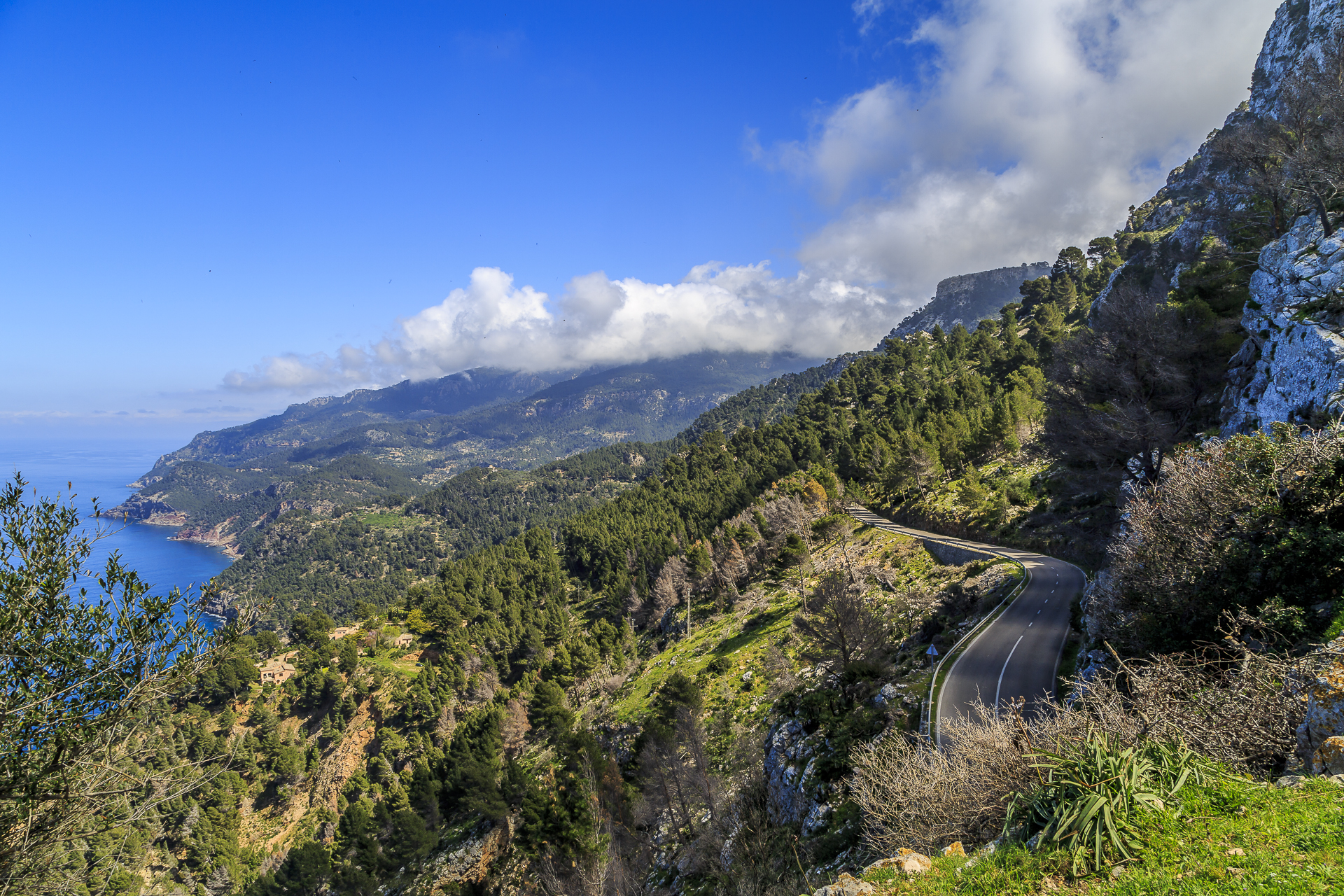
Serra de Tramuntana road trip in Mallorca
Um, sorry in advance. With this report, I once again throw my self-imposed image maximum overboard. But I have captured all our highlights along the Serra Tramuntana place by place and you can get behind the wheel and drive off. The Serra de Tramuntana mountain range crosses Mallorca’s north from west to east and has been a UNESCO World Heritage Site since 2011. A beautiful area characterized by crystal clear bays, idyllic orange and olive groves, bubbling streams, small villages and pretty small towns.
Sant Elm – Starting point of our Mallorca road trip
The small coastal town of Sant Elm is located in the far west of Mallorca about 50km from Palma de Mallorca. Directly opposite is the uninhabited rocky island of Sa Dragonera, which is a nature reserve. There used to be a notorious pirate bay on the side facing away from the mainland. Those days are over. Today, Sant Elm is a popular seaside resort. The paid car park is located directly at the entrance to the village. This is followed by a pedestrian zone lined with restaurants. If you have some time, you can explore the area on an entertaining hike. A popular tour leads from Sant Elm along the coast to Torre Cala Basset, from where you have a good overview of Sa Dragonera. From here, the path continues to the ruins of the monastery of Sa Trapa and then back to Sant Elm via S’Arraco. The entire round trip takes about 5 hours. For the short variant Sant-Elm – Torre Cala-Basset and back, about two hours have to be calculated.
Banyalbufar and the Mirador de Ses Animes
The coastal road along the Serra de Tramuntana is popular with cyclists and motorists alike. Accordingly, attention should always be focused on the winding road. Being distracted by the panorama can have fatal consequences. Cyclists like to cut corners when driving downhill and car drivers underestimate visibility and distances when overtaking. Nevertheless, the route from Sant Elm to Estellencs offers some beautiful views. Particularly picturesque is the village of Banyalbufar, which nestles on terraced steps against the steep mountain slopes. Just before the village, the Mirador de Ses Animes with the Torre del Verger offers the perfect sunset photo spot.
Obligatory stop Valldemossa
For our first pit stop we head for Valldemossa. Why this town belongs on your bucket list, I have already described in detail here. Even though you can take the round trip through the Serra de Tramuntana as a day trip, I recommend you to plan at least one stop and Valldemossa is ideal for this due to its central location.
Around Deià
From Valldemossa, the coastal road continues towards Mallorca’s orange town of Sóller. On the way, you can stop at the artists’ village of Deià. Just before the village is the striking manor house of Son Marroig. With this enviable view over the coast, Ludwig Salvator, Archduke of Austria and Prince of Tuscany, once resided. A hiking trail leads from the residence down to the Sa Foradada viewpoint, which is a great photo opportunity with its bizarre rock shape.
Das Orangenstädtchen Sóller
In Sóller we left our car and took the legendary tram towards Port de Sóller. The tram runs every half hour. For example, the best way to bridge the waiting time is with an ice cream from Sa Fabrica des Gelats (Av. de Cristòfol Colom, 13). The tram ride costs 11 euros per person (round trip). The ticket can be purchased directly on the tram. In Port de Sóller we treat ourselves to a well-deserved lunch on the beach promenade. Between the mostly loveless tourist restaurants, one or the other restaurant with style is hidden. My tip: the “Sa Barca” – here extremely delicious tapas are served in a beautiful ambience. The attentive service should be emphasized, which immediately gave us the Wifi code without being asked.
By the way, if you head for Sóller directly from Palma, you have to pay a toll of currently 5.05 euros per passage at the Sóller Tunnel (as of April 2015). The fact that the toll prices change regularly is shown by the fact that in the Merian Moments travel guide published in 2014, which I had with me on the way, there is still a price of 4.80 euros in it. Otherwise, a great addition to Mallorca travel planning. He proved himself on our tour and gave one or two valuable inputs.
Model villages of Biniaraix and Fornalutx – starting point for hikes
Immediately after Sóller there are two picture-book villages. Biniaraix and Fornalutx are regularly voted among the prettiest villages in Spain. Biniaraix is also a great starting point for various hikes in the Serra de Tramuntana. Probably the most frequented route is the pilgrimage route “Barranc de Biniaraix”.
Gorg Blau – Ride through the mountains
Now the road really leads into the mountains. Curve after curve it winds its way up to Sóller. It reaches its highest point at the level of the two reservoirs Gorg Blau and Cuber. The route is particularly nice to drive early in the morning, when there are no other drivers on the road and you can stop for a short time and admire the landscape.
Serpentines to Sa Calobra
But why it is especially worthwhile to tackle the route over the highest elevation at Puig Major (the highest mountain in Mallorca) early is the following Coll dels Reis, which leads to breakneck serpentines to Sa Calobra on the coast. Definitely one of the most spectacular routes on the island, but also one that requires some nerves of steel and is far easier to drive when there is no oncoming traffic. Instead, sheep and donkeys cross our path. In Sa Calobra you can park for free in the car park before 9 a.m. and then take a short walk to the impressive Torrent de Pareis.
Idyllic Pollença
After the spectacular pass roads, the hills of the Serra de Tramuntana slowly flatten out towards the west. We drive past the monastery of Sant Lluc and have a bit of a guilty conscience at the sight of all the oncoming cyclists to be so comfortable by car. Our next stop takes us to the country town of Pollença. The idyllic town offers a lot to discover with its narrow streets. While strolling between the rows of houses, we don’t immediately catch the right turnoff to the Plaza Mayor. But there are also detours that lead to our destination and so, after a few additional detours, we can enjoy our well-deserved coffee break at Cafe Espanyol on the edge of the Plaza Mayor.
If you are already there, you should not miss the 356 steps up to the pilgrimage site of the Calvary. The effort is rewarded with a beautiful view over the eastern coastal strip of Mallorca.
Rugged coastline Cala Sant Vicenc
Another insider tip is located halfway between Pollença and Port de Pollença. The rugged coast of Cala Sant Vicenc is perfect for a beach break.
Ferienfeeling Port de Pollensa
The former fishing village of Port de Pollença is a popular excursion destination and the waterfront promenade is correspondingly full. With luck we get a parking space at the harbour and then stroll along the waterfront. One of the most beautiful and least crowded places for lunch is the restaurant La Llonja, which is located at the fish pier. Prices for a main course range from 15 to 30 euros, and the enchanting view over the harbour is free of charge.
Final spurt to Cap de Formentor
For the last few kilometers to the northeasternmost tip of Mallorca, it takes a long breather. The road doesn’t want to end and feels like it’s getting a little narrower with every kilometre. Once again, nerves are required here. But if you hold out to the end, you will be rewarded with a beautiful view over the steeply sloping cliffs. The perfect final bouquet of our road trips through the impressive landscape of the Serra de Tramuntana.
The Merian travel guide was provided to me by Travel House Media. Thank you very much for this. As always, my readers can be sure that I always represent my views and enthusiasm.


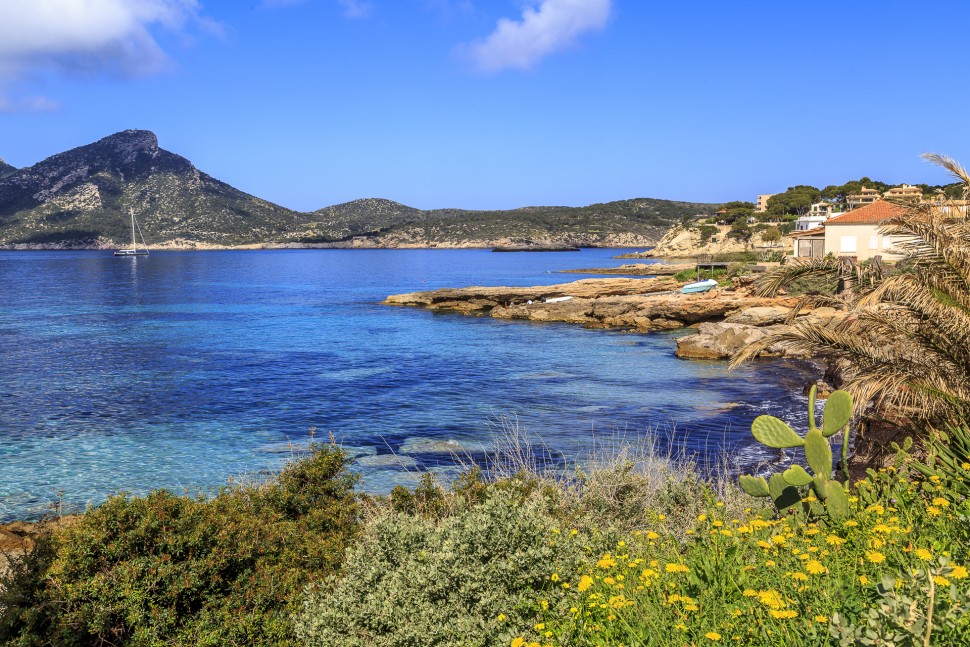
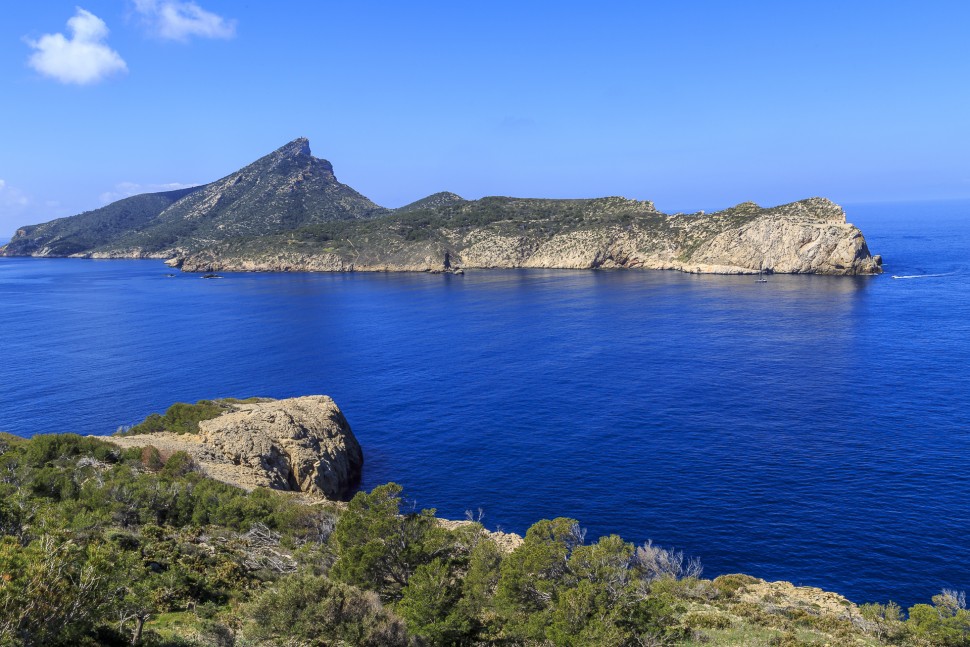
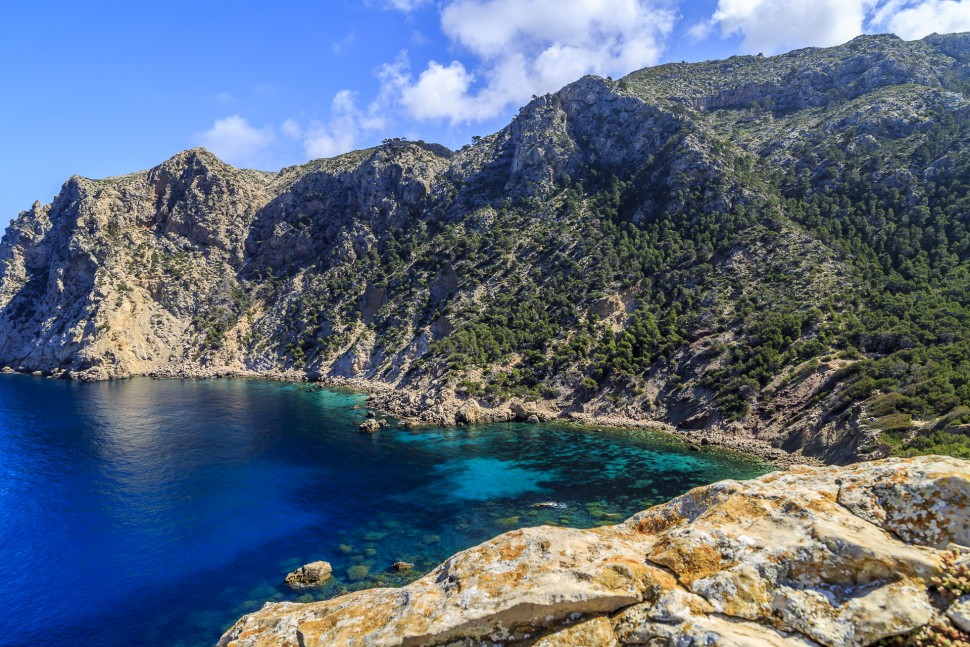
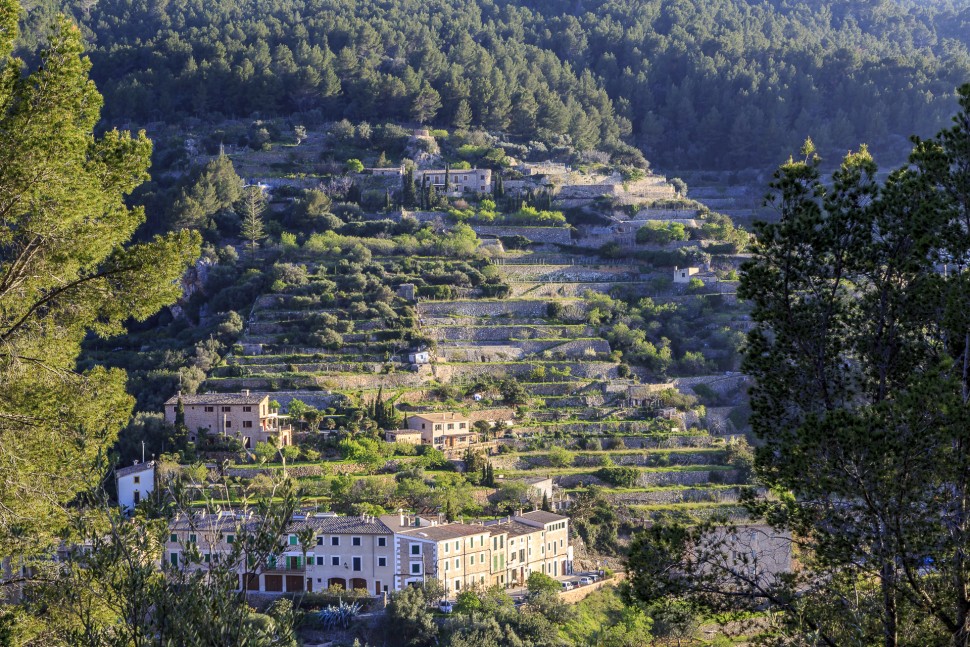
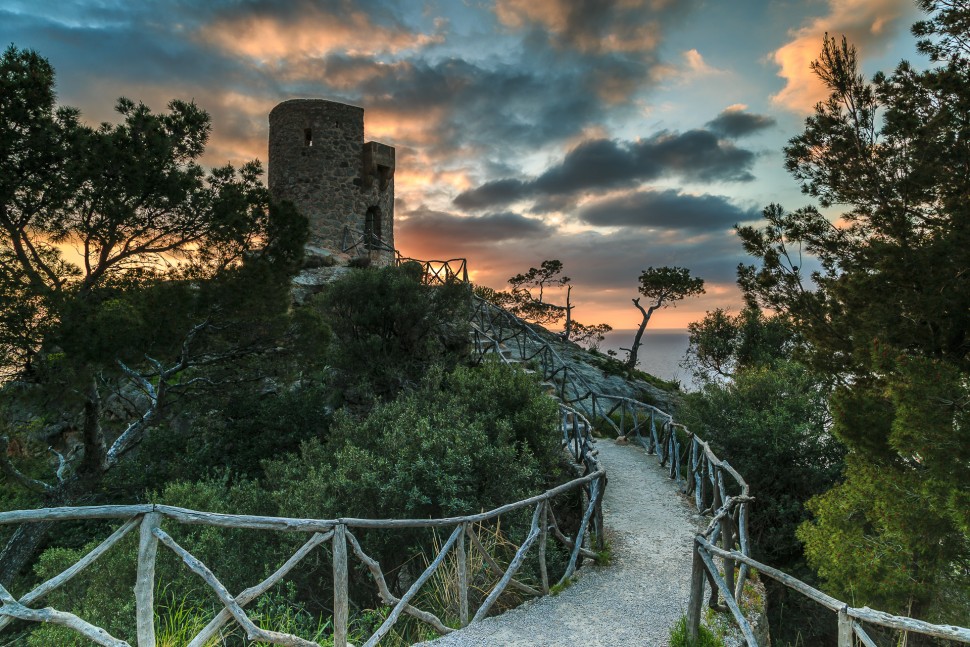
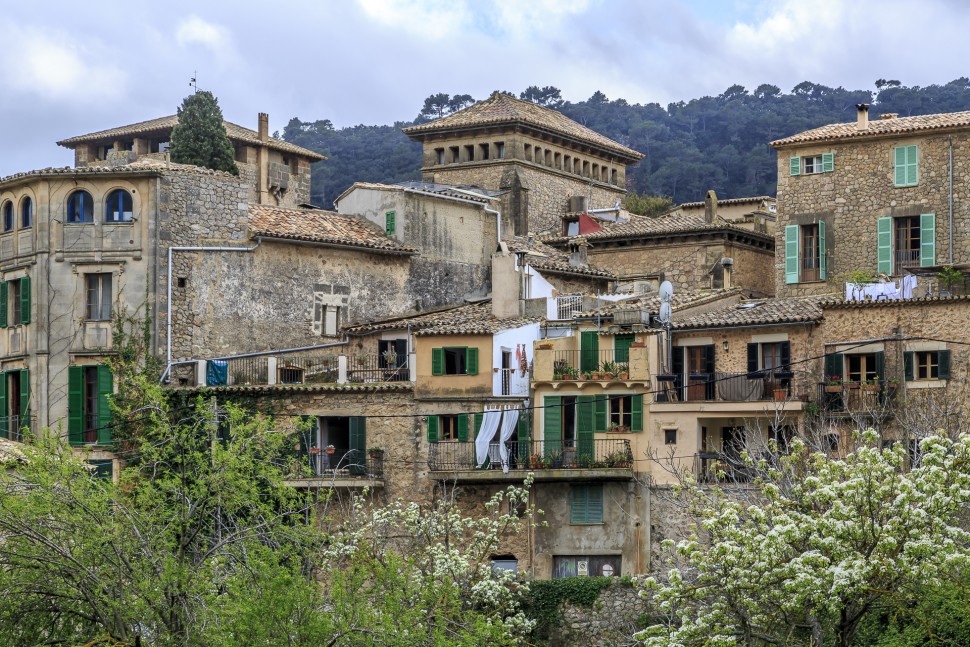
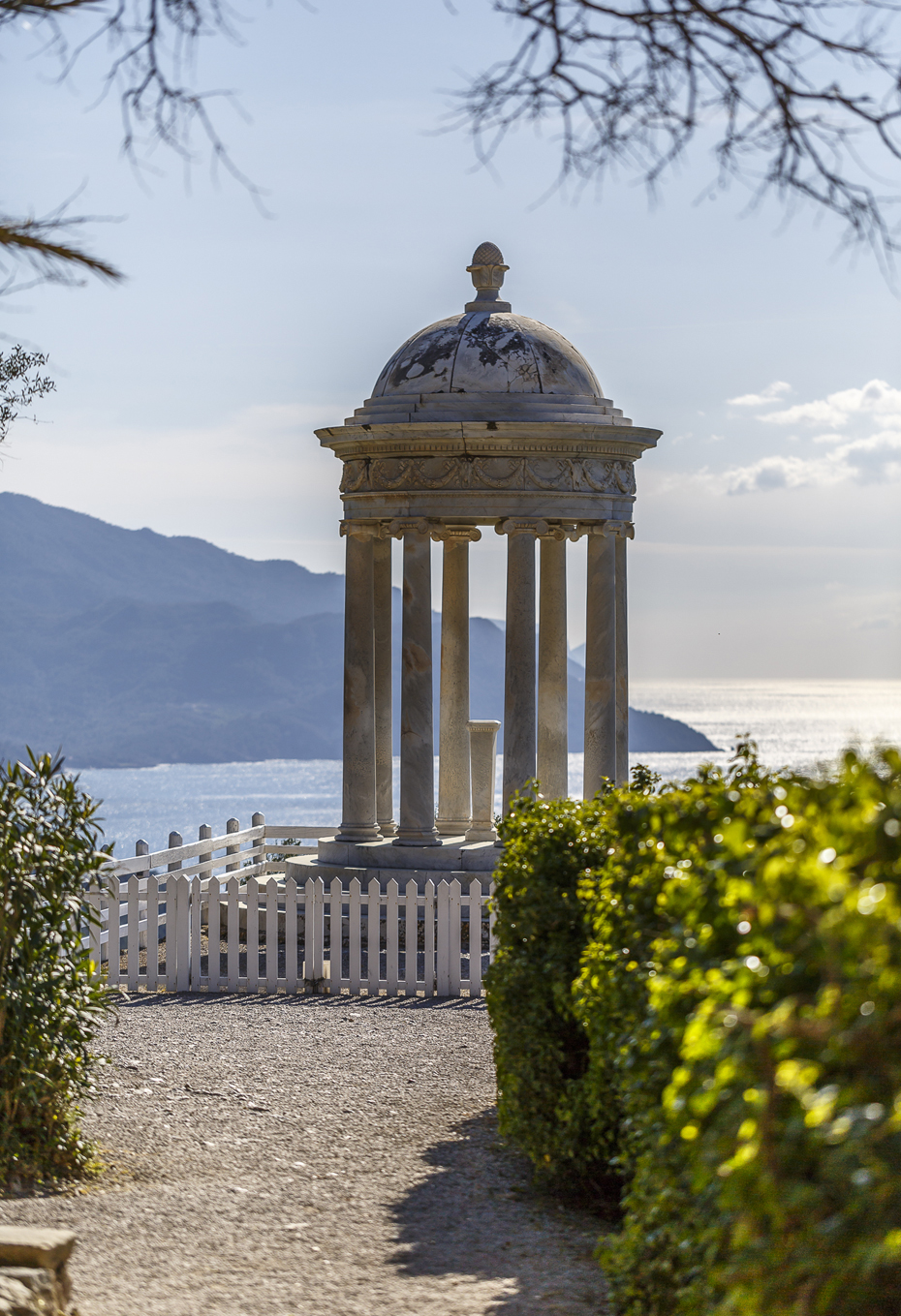
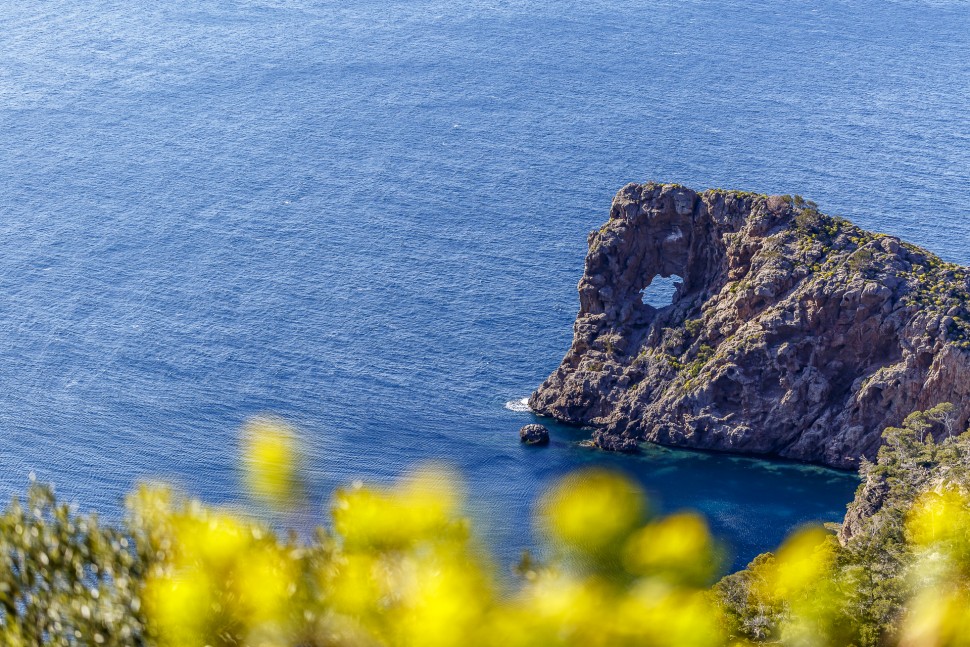

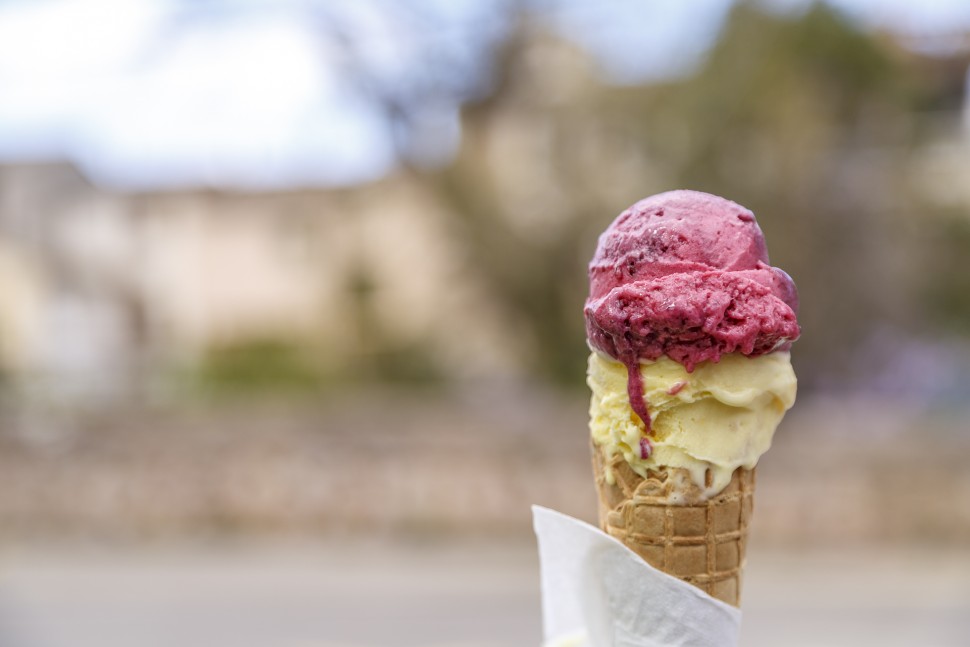
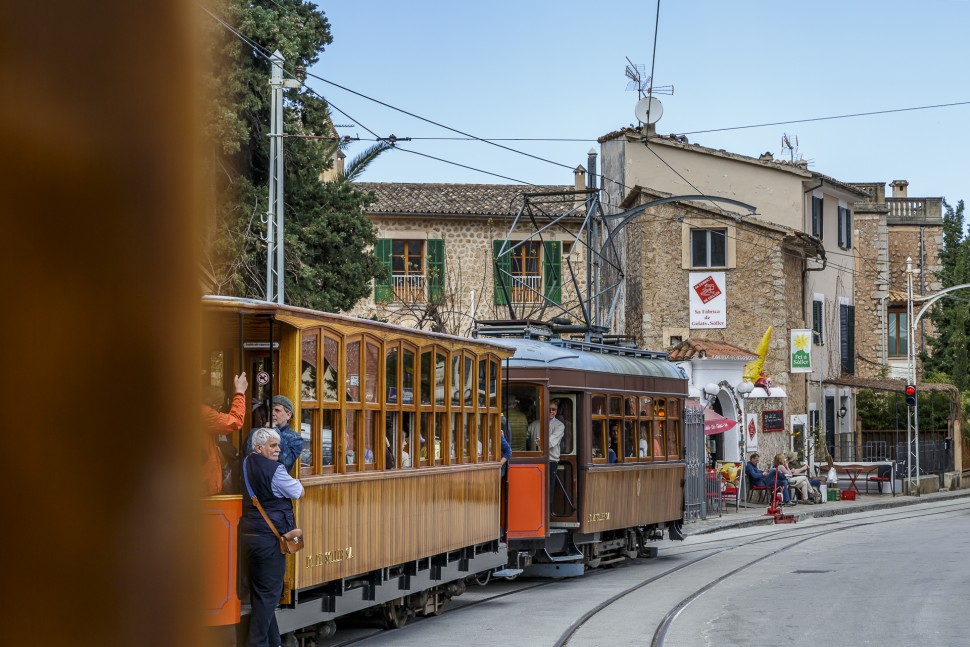
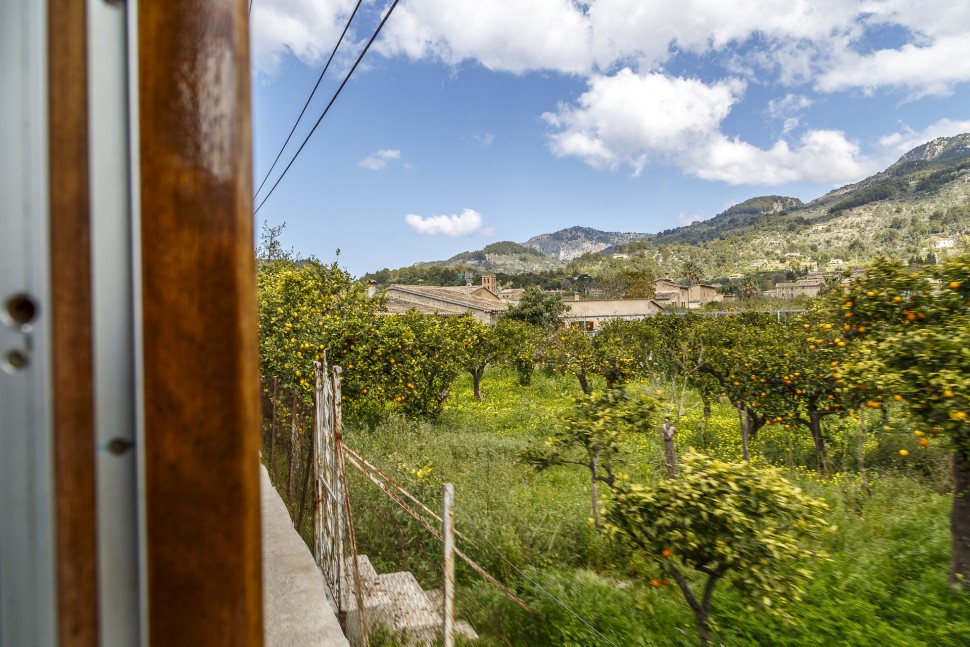
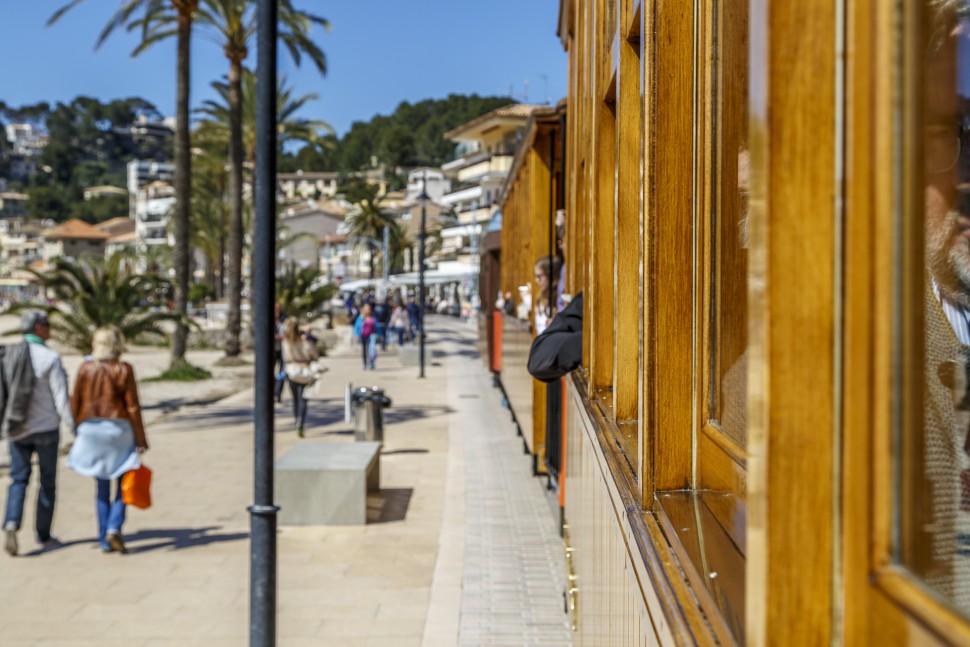
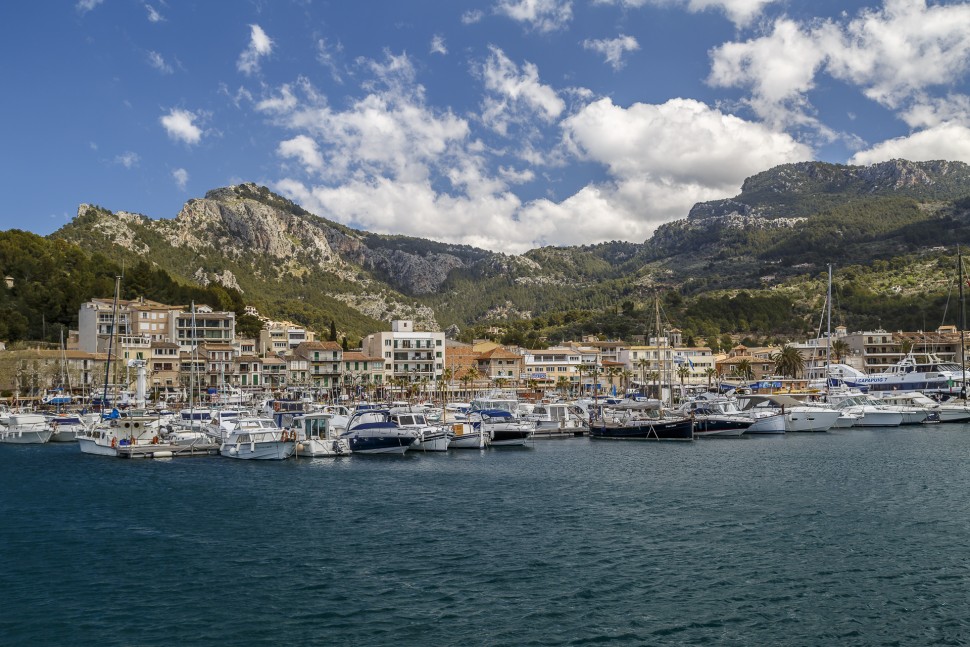
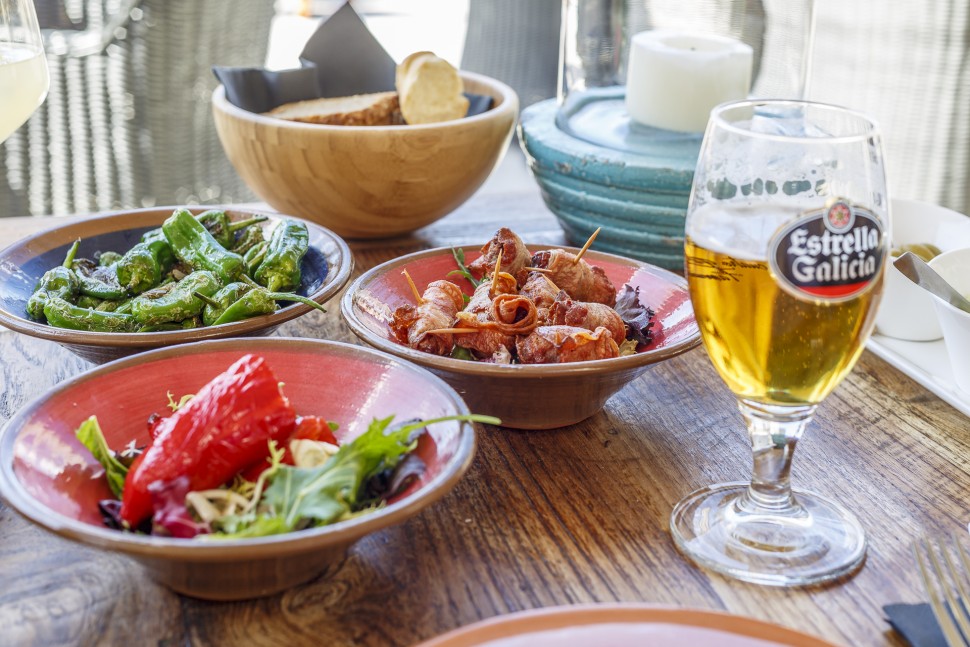
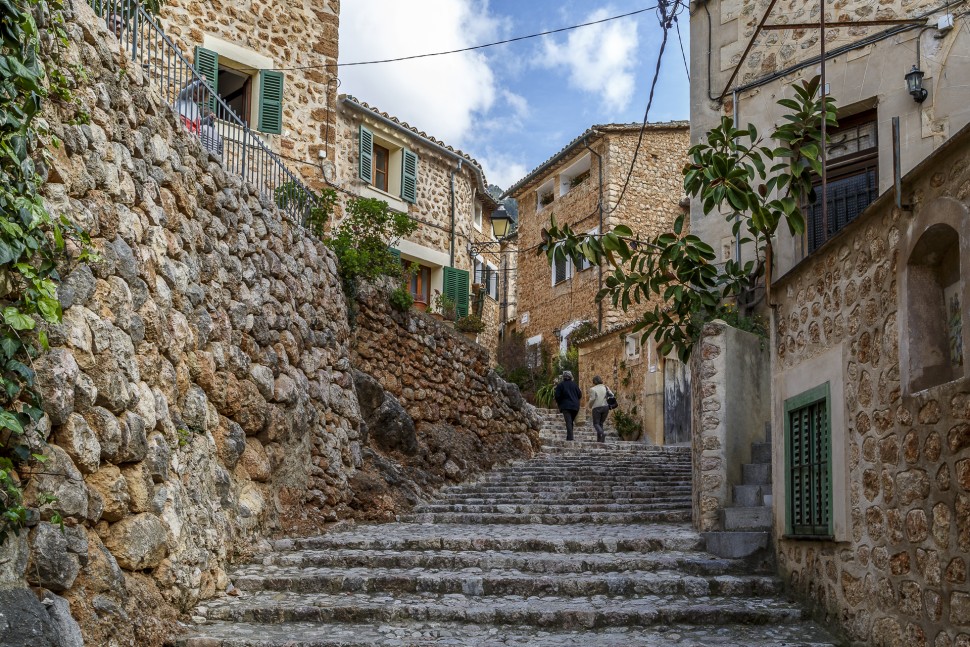
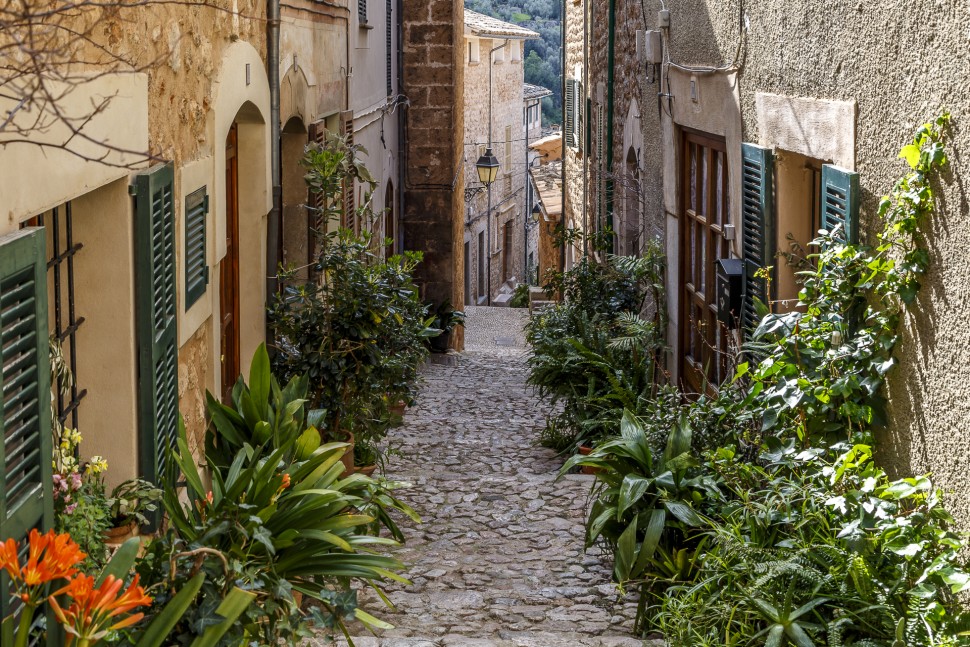
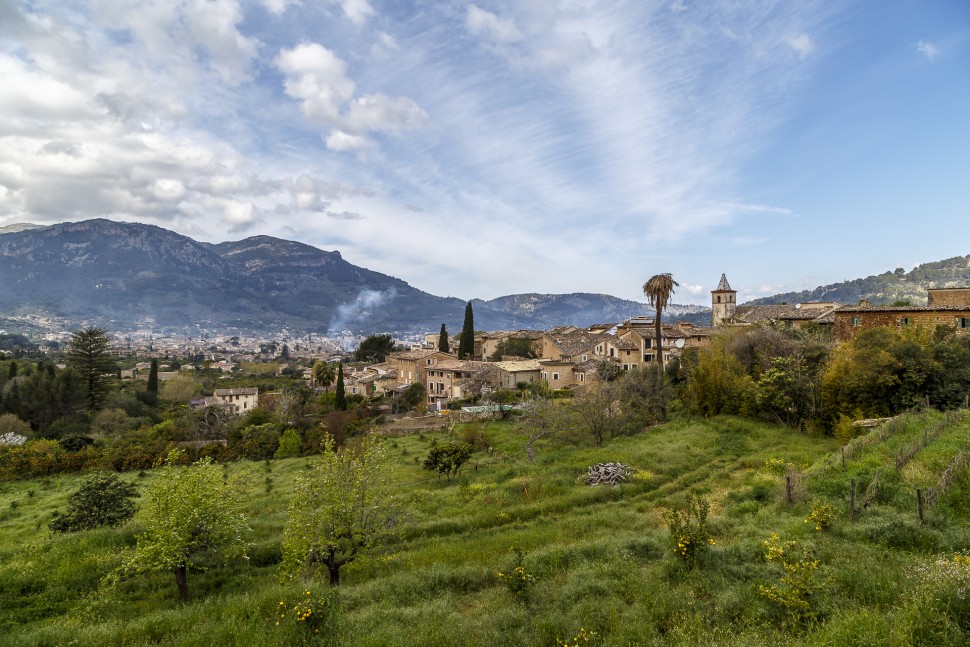
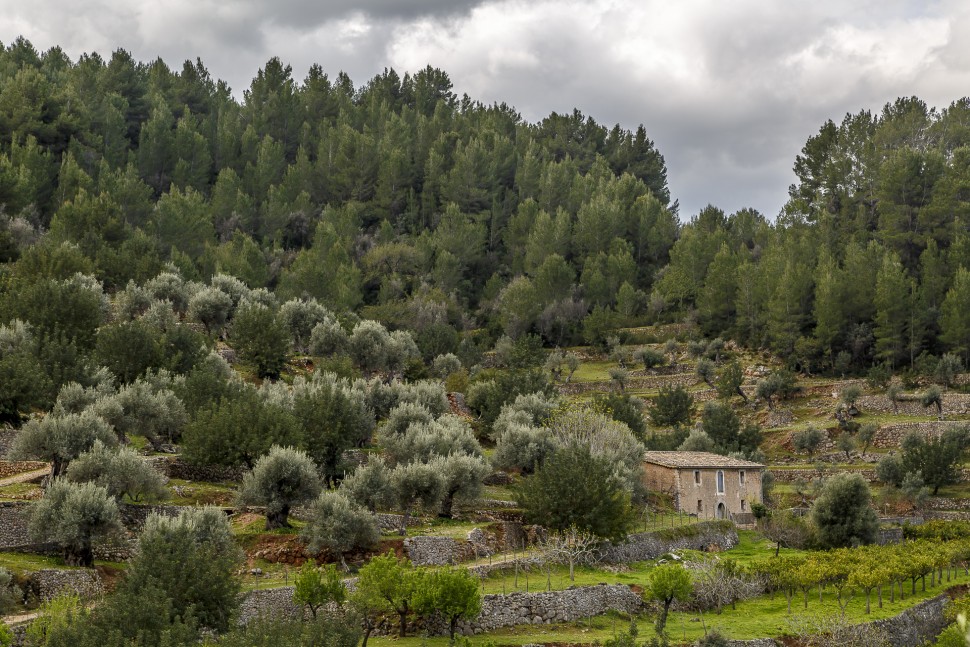
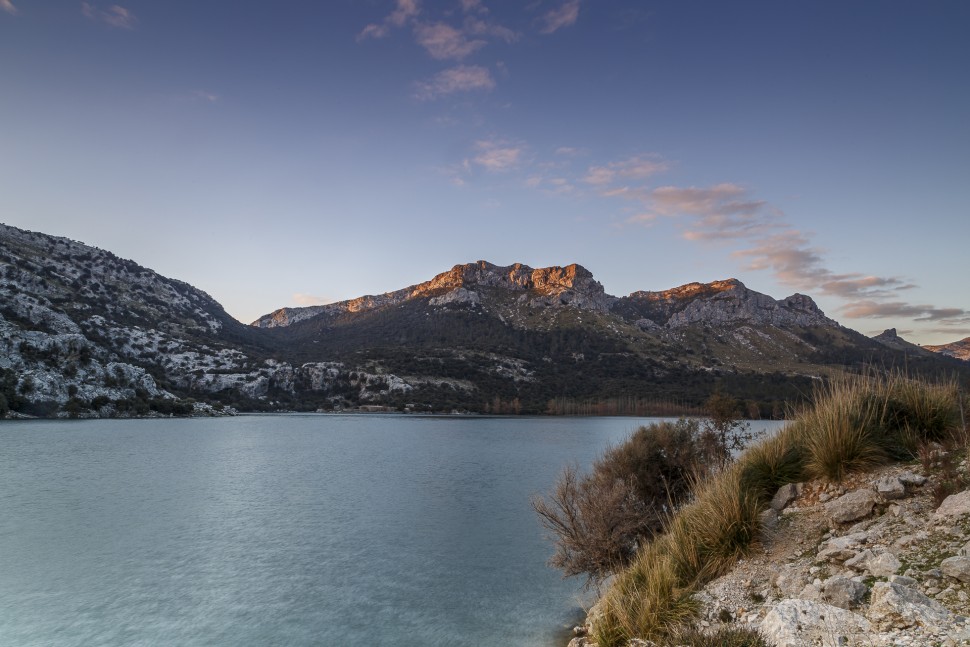
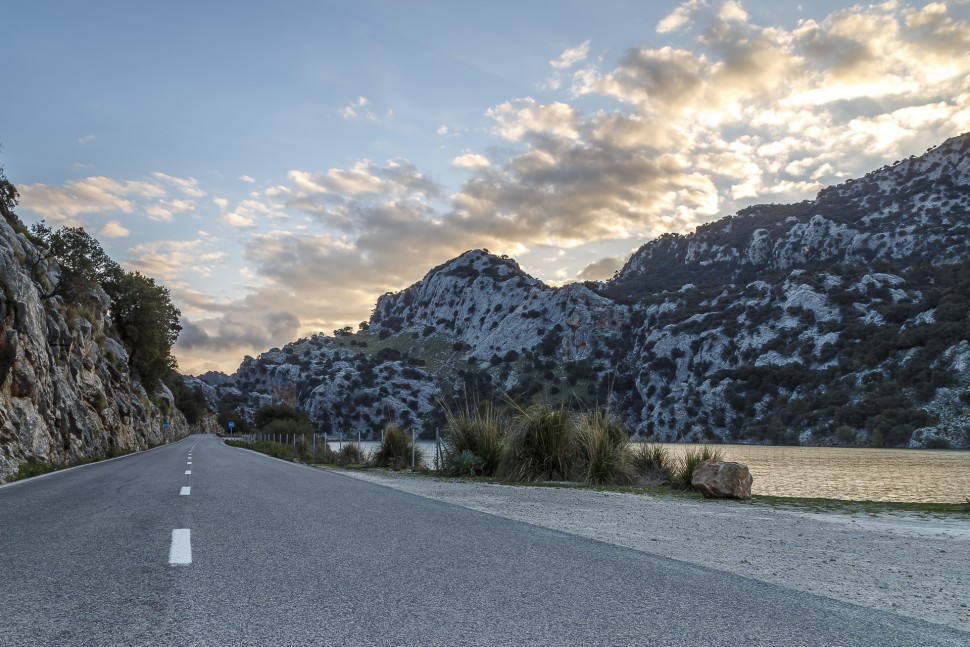
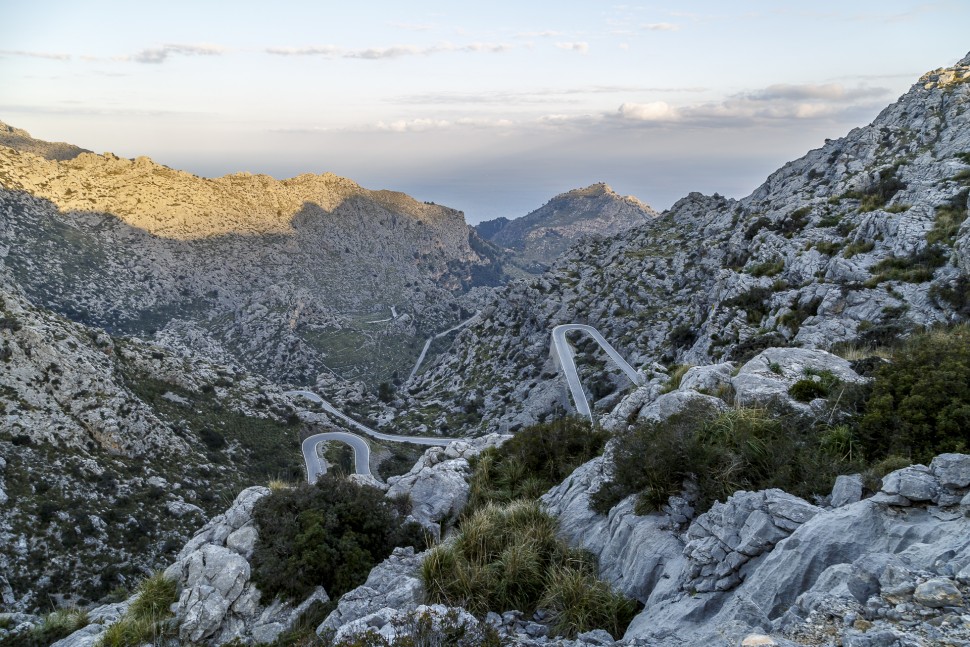


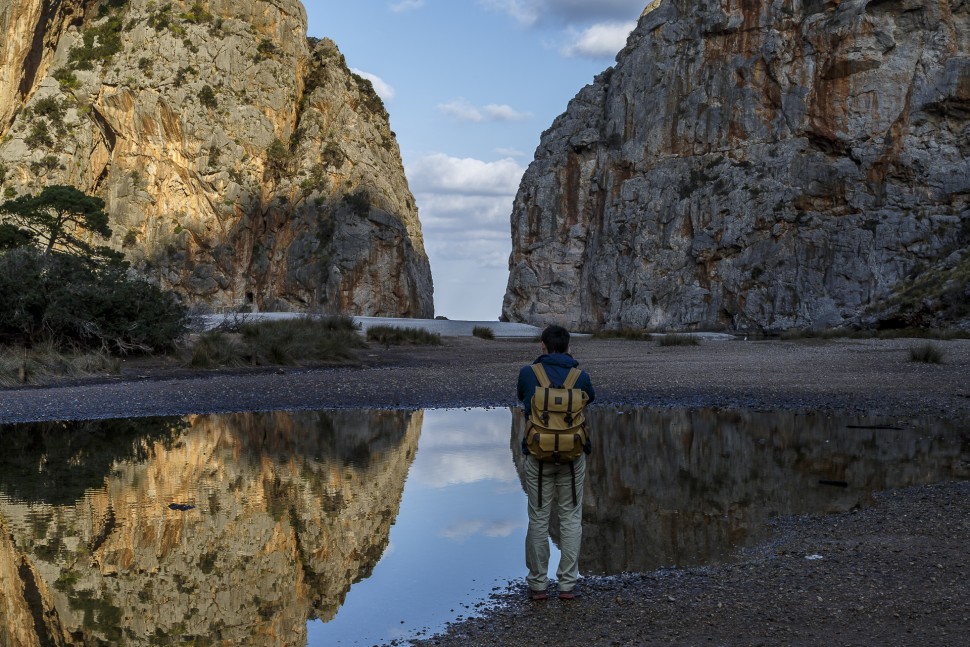
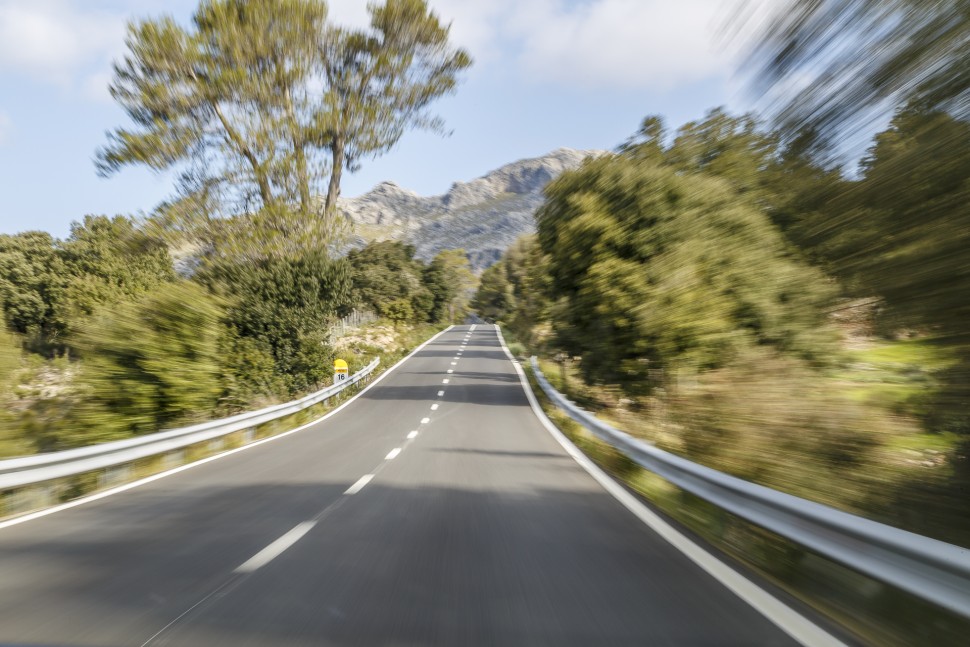
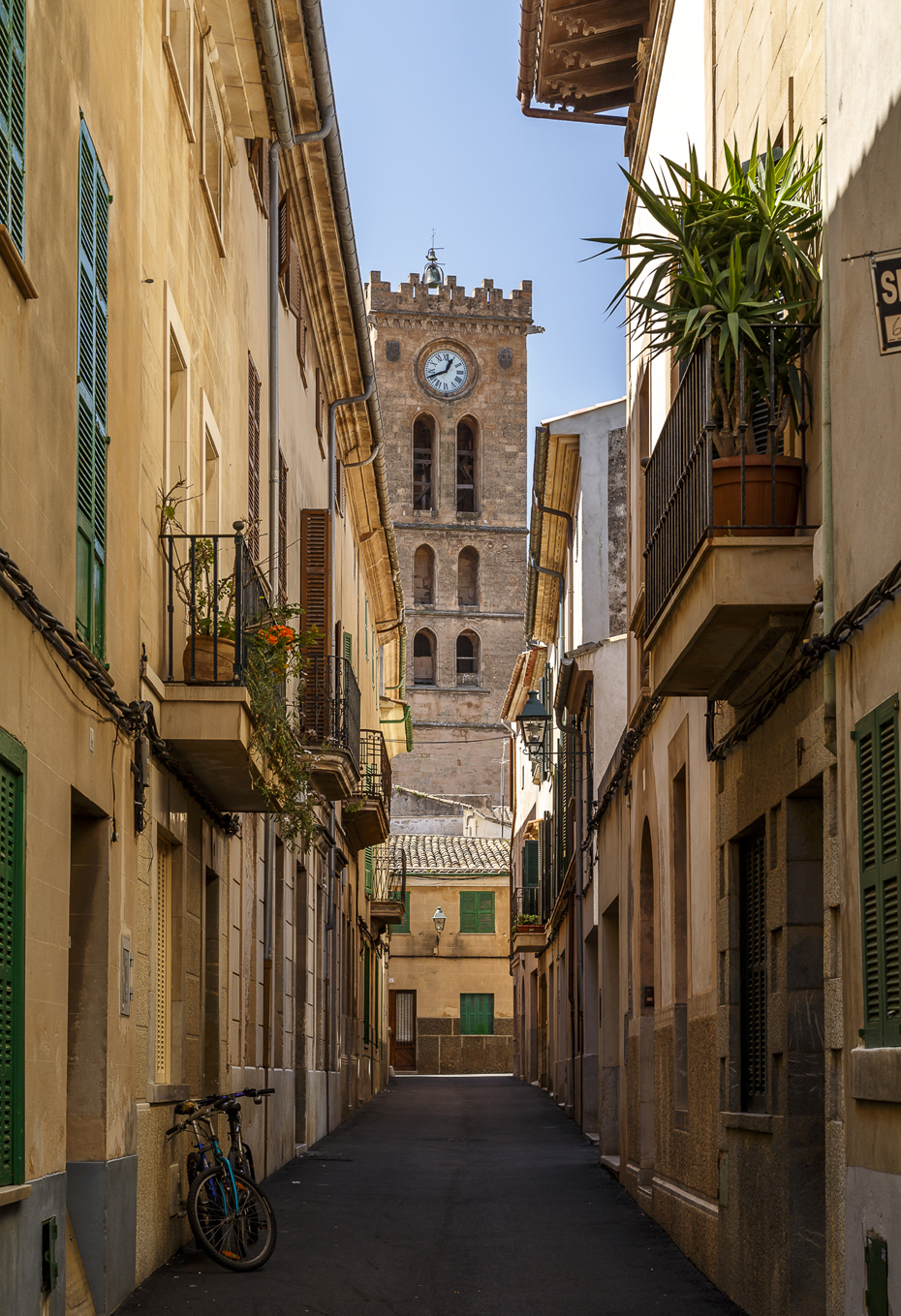
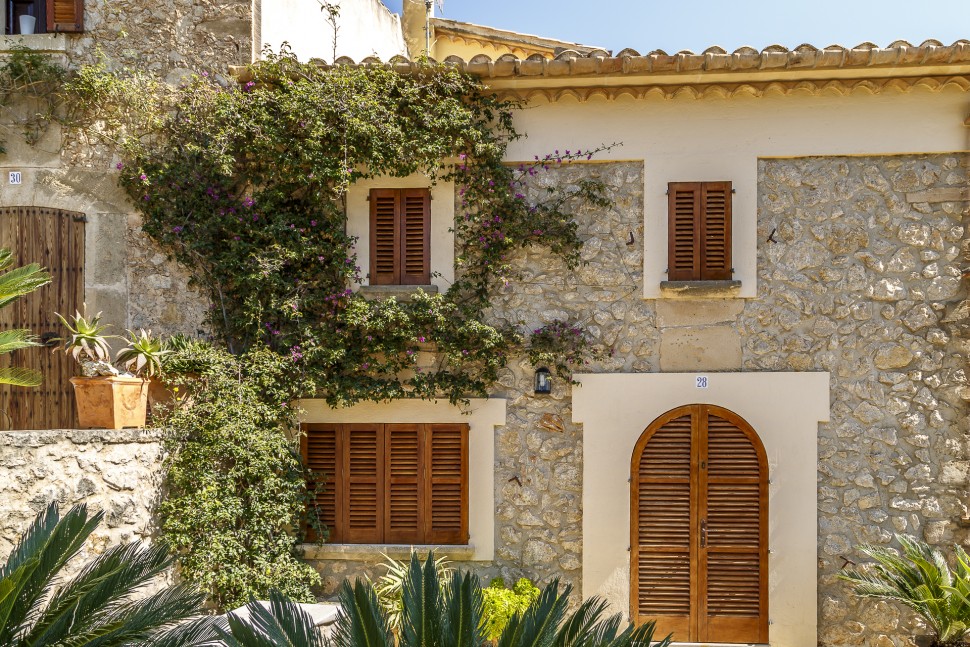
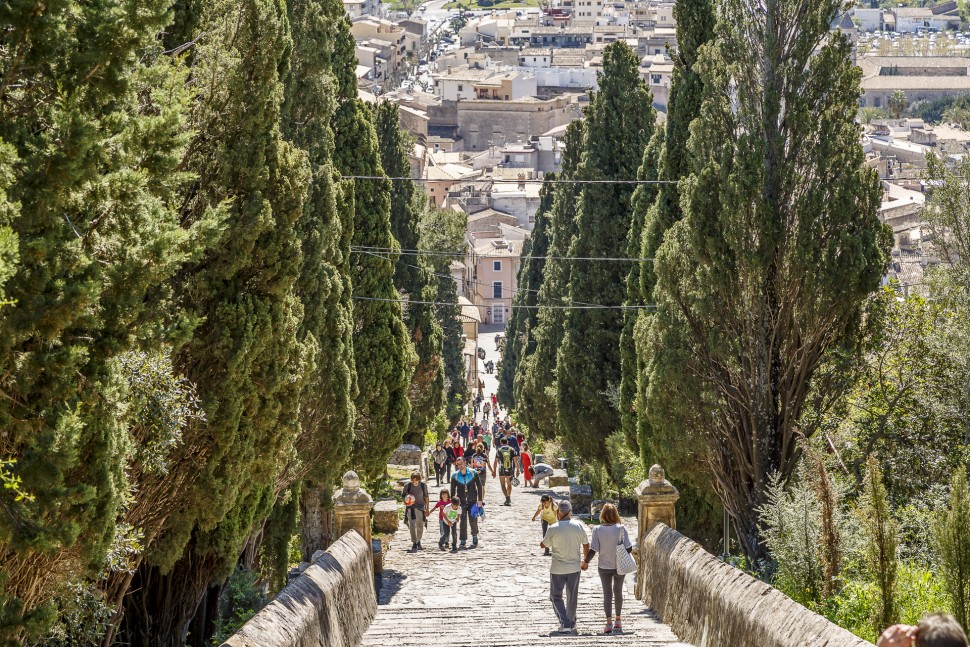
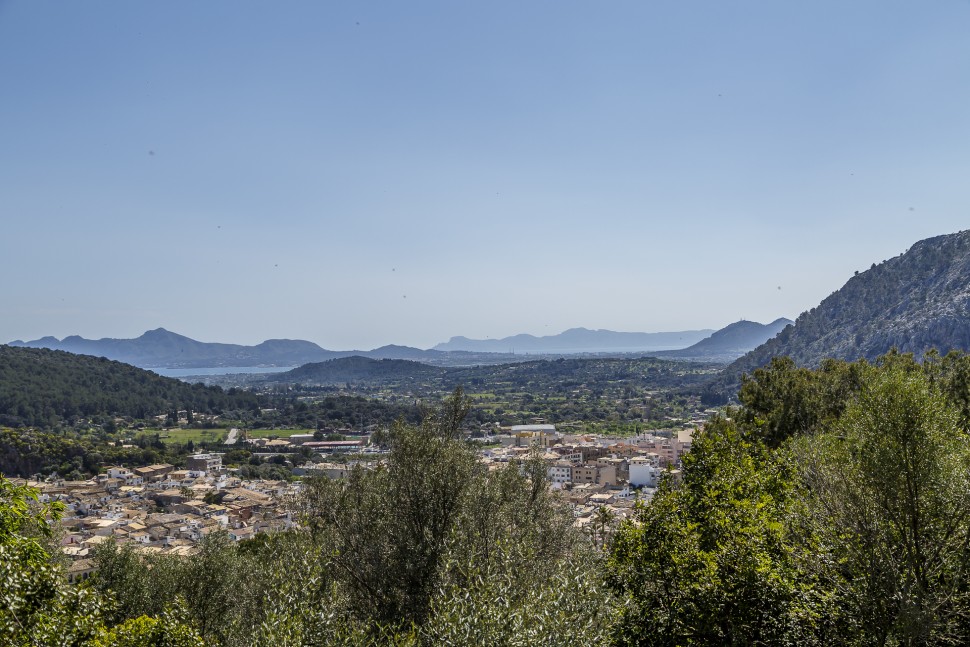
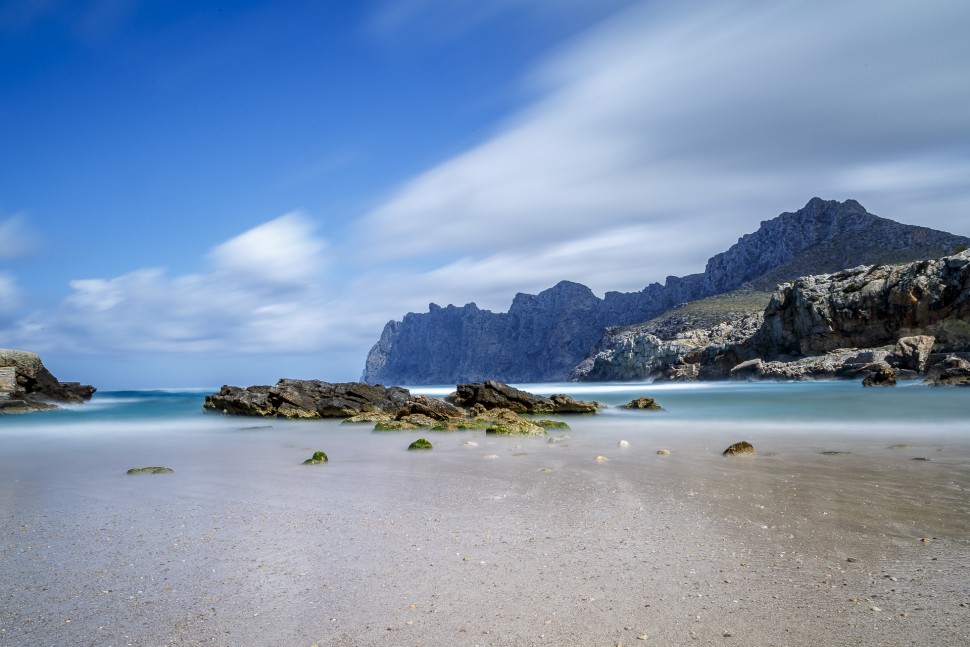
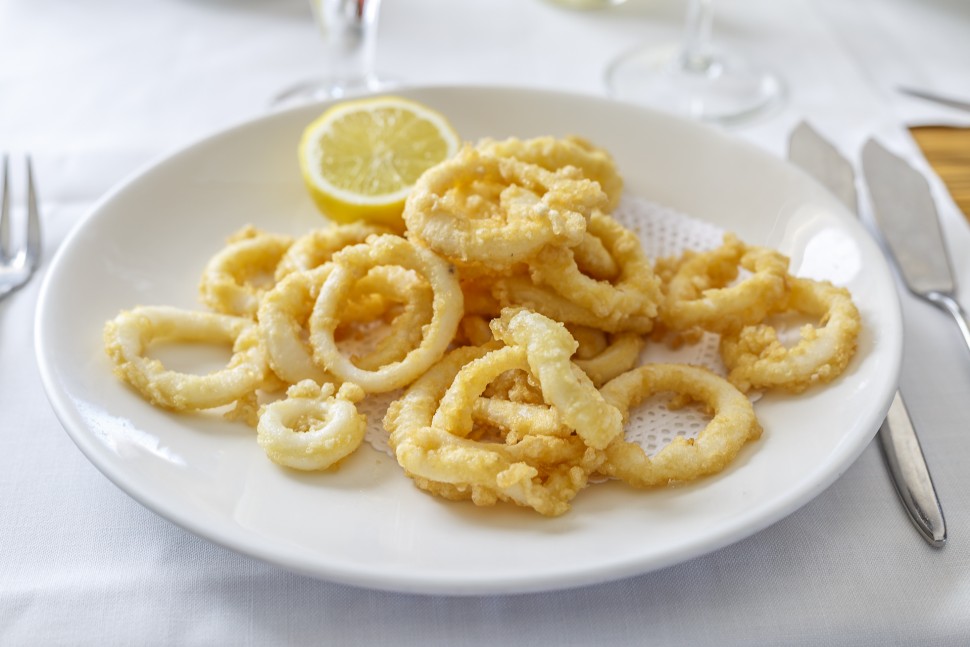
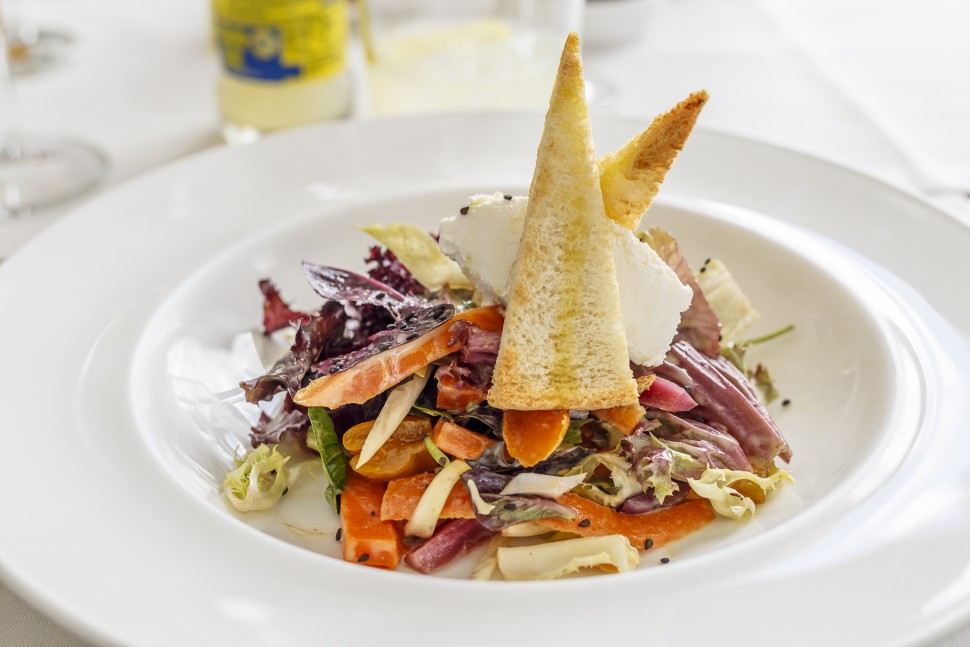
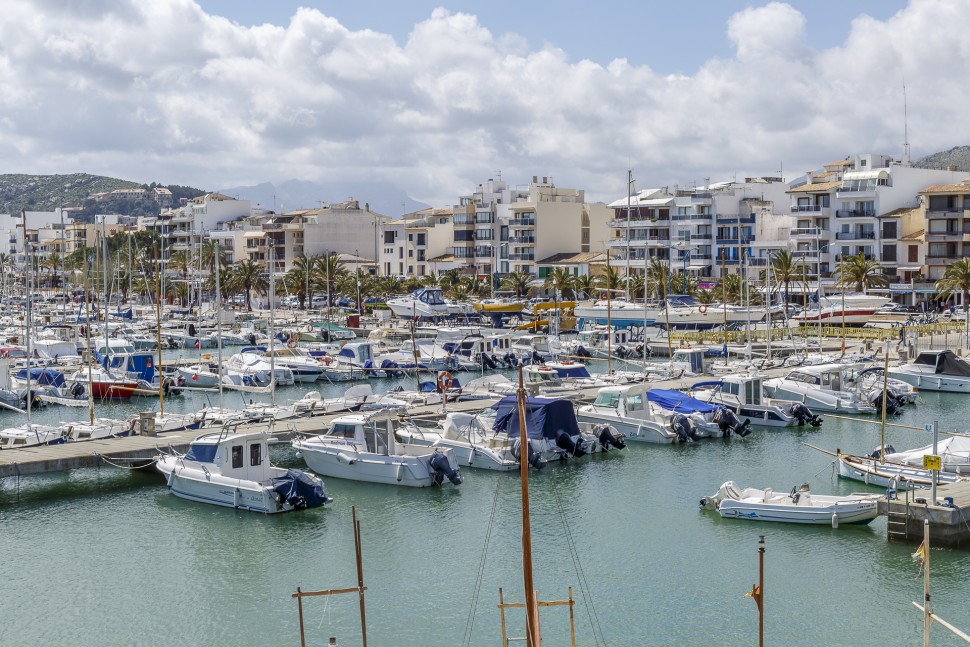
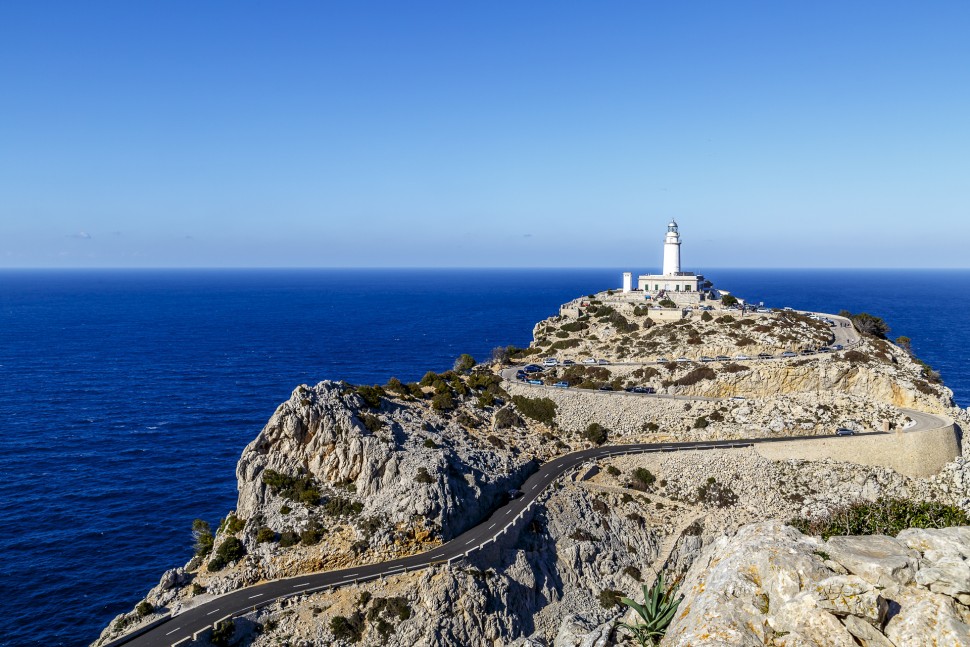
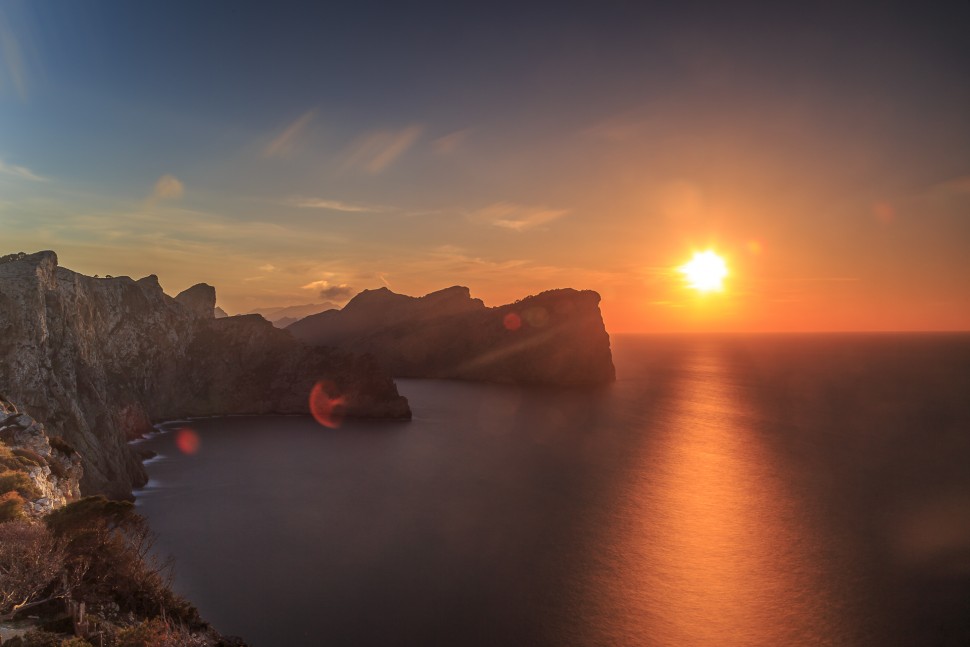
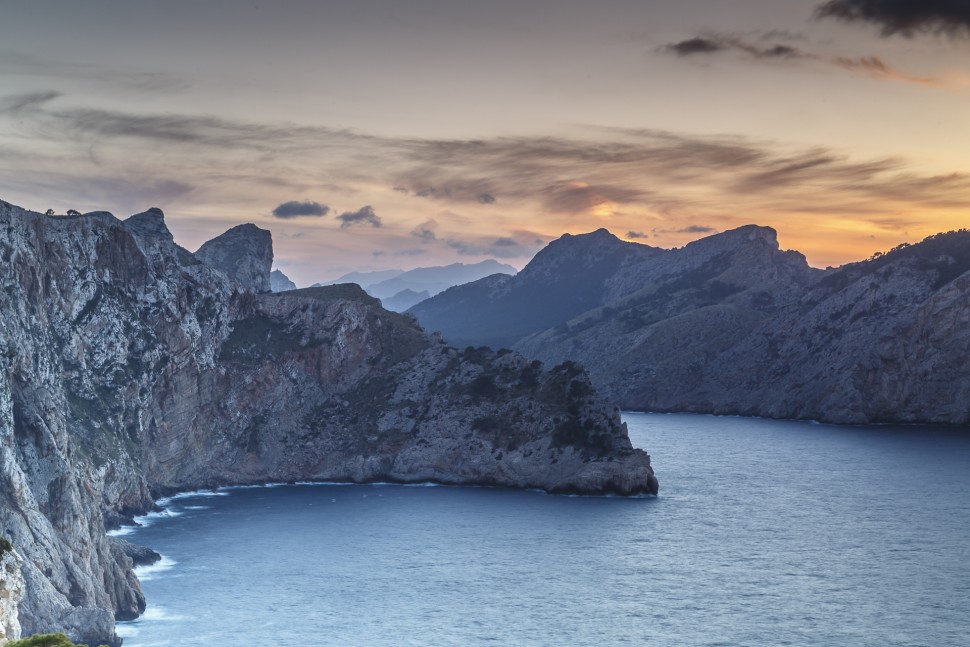
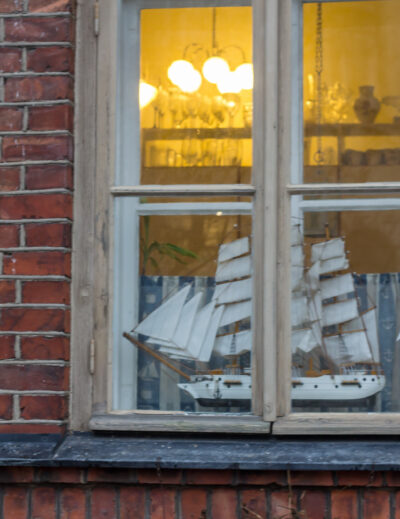
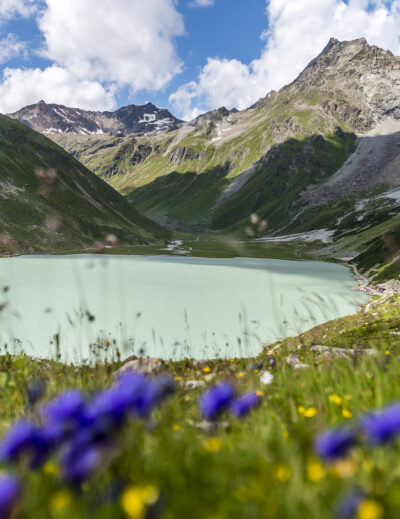

Leave a Reply